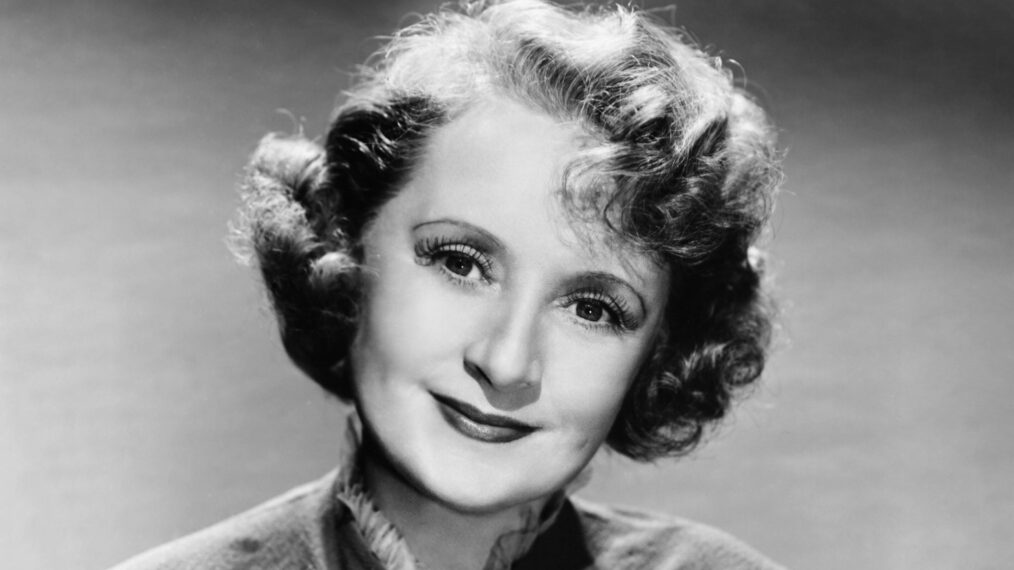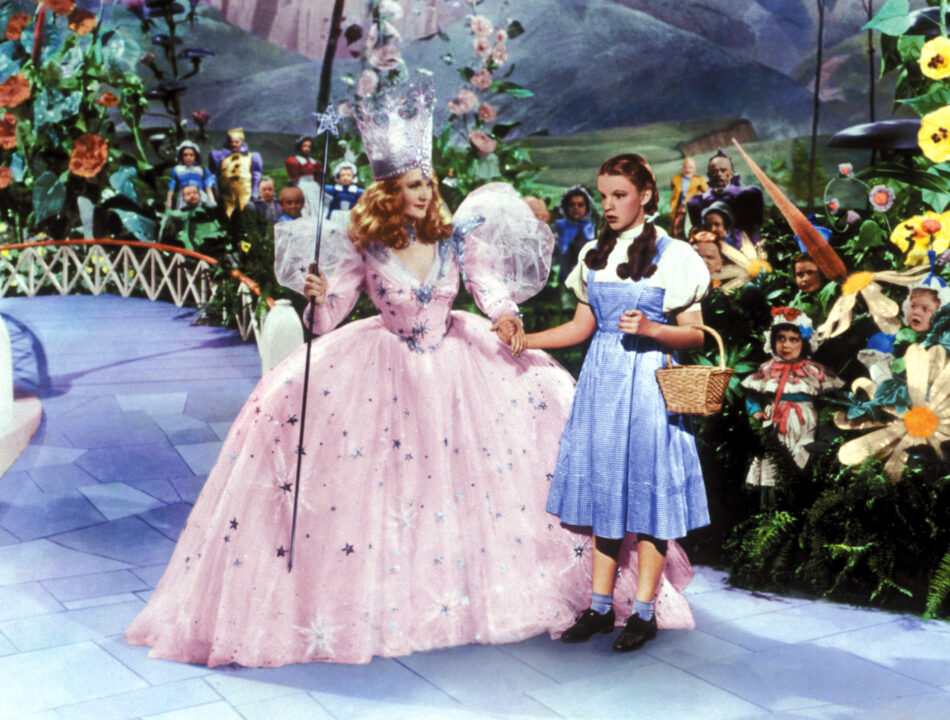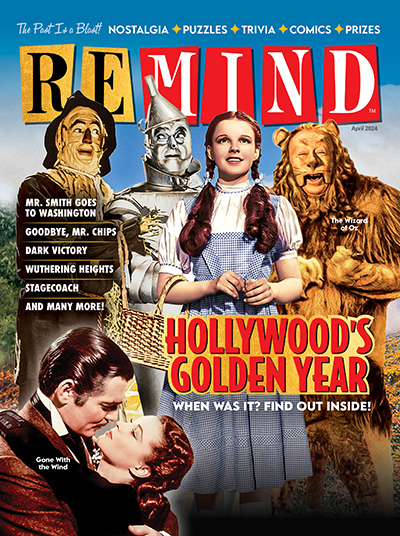Billie Burke, Glinda the Good Witch From ‘The Wizard of Oz,’ Had a Very Fascinating life

Despite her limited screen time in The Wizard of Oz, Glinda the Good Witch — the chipper, pink-gown-wearing guide who aides Judy Garland‘s Dorothy on her quest down the Yellow Brick Road — is as instantly recognizable as any of the film’s more central characters, and has been immortalized in everything from the blockbuster Broadway musical Wicked to a 1995 Barbie doll.
But when the film was first released on August 25, 1939, Glinda’s appearance likely grabbed audience’s attention for another reason: The actress who played her, Billie Burke, was probably the most famous person in the film at that time. In fact, in her years as silent film royalty, Burke was once the highest paid actress in Hollywood. And even after the advent of talkies, she retained a high profile as a beloved character actress.
In the years before and after she rode down from the sky in her pink bubble, Burke lived a fascinating life — one with connections to everything from “the Ziegfield Follies” to Gone With the Wind and a young Katharine Hepburn.
The daughter of a Barnum & Bailey Circus clown, Burke was born in Washington, D.C., in 1884, but her family soon relocated to England. There, Burke was pushed into acting by her mother, according to her New York Times obituary; before her 20th birthday, she made her stage debut in London’s West End.

Florenz Ziegfeld, Billie Burke and daughter Patricia. Bettmann/Getty
Burke soon relocated back to the States, where she became a Broadway star. She was toasted by Mark Twain, and dated Enrico Caruso, before meeting Florenz Ziegfield. The theater impresario and “Ziegfield Follies” revue founder was 17 years her senior — and though Ziegfield had such a bad reputation that Burke’s manager threatened to drop her if she went through with the wedding — the two were married in 1914, and had one child, a daughter named Patricia, in 1916. The family purchased an extravagant house in upstate New York, with a screening room and an exotic animal collection that supposedly included bears and buffalo.
The Burke-Ziegfield coupling was not a harmonious one; Ziegfield had a great reputation as a philanderer, and Burke supposedly threatened to leave the marriage repeatedly. However, in spite of issues in her personal life, her transition to film was an immediate success. Soon after her debut, as the heroine of the silent film Peggy — a role for which she was paid the equivalent of over $1 million today — Burke was considered a silent star on the same level as Lillian Gish and Mary Pickford, and for a time became the most highly paid of them all. Her sartorial tastes influenced national fashion trends, as stores sold “Billie Burke dresses” that aped the star’s taste for lace trim, and curly “Billie Burke hair” wigs could be found in shops catering to young women. Burke also did celebrity endorsements, including one for Pond’s Cream.

1920 Vanity Fair Adolph de Meyer/Condé Nast via Getty Images
After spending several years away from Hollywood, focused on stage work and raising her daughter, the Wall Street crash of 1929 damaged her family’s finances so badly that Burke moved to Los Angeles to restart her career in the “talkie” era. The first film of her new career era was 1932’s A Bill of Divorcement, a George Cukor drama notable for being the first on-screen performance of Katharine Hepburn, who played Burke’s daughter.
After Ziegfield’s death in 1932, Burke returned to cinemas in 1933 with another Cukor film, Dinner at Eight, with Lionel Barrymore, John Barrymore, and Jean Harlow. This film, a certified hit, earned Burke a full-fledged comeback, with her often playing zany, high-energy supporting parts.
Burke’s second round in Hollywood was not all wins, however. In 1936, the biopic The Great Ziegfield earned Burke’s ire — though she served as a consultant on the film about her husband’s life, she was deemed too old to play herself (the role was given to Myrna Loy).
In 1938, she received her first and only Oscar nomination, for the comedy Merrily We Live. In that same year, she also appeared in the musical Everybody Sing alongside Judy Garland, who she would soon reteam with in the following year’s The Wizard of Oz.

Everett Collection
Glinda was almost not Burke’s only major iconic role; she was also offered the role of Aunt Pittypat in Gone With the Wind, by frequent collaborator George Cukor. Burke passed, and Cukor was fired from that film within the first few weeks of filming — but supposedly not before he told Laura Hope Crews, who actually played the role of Aunt Pittypat, to play the character as a Billie Burke “type.”
Burke continued to work steadily throughout the ’40s and early ’50s, and appeared in both Vincente Minnelli’s 1950 Father of the Bride, and the 1951 sequel. She also became a familiar voice in radio, on shows like The Martin and Lewis Show and The Charlie McCarthy Show, as well as her own Billie Burke Show. The show, which ran from 1943-46, depicted Burke, with her trademark zaniness, as a wacky Good Samaritan.
In 1951, Burke got her own TV talk show on the Dumont Network, At Home with Billie Burke, which ran from 1951-52.
Throughout the ’50s, Burke attempted to return to her stage career, but none of her shows caught on with audiences. By the late ’50s, she had largely retired, appearing in her last film, the John Ford Western Sergeant Rutledge, in 1960. Her explanation for her retirement was simple: “Acting just wasn’t any fun anymore.” She passed away in 1970.

Hollywoods Golden Year
April 2024
Return with us to the year film fans acknowledge as the finest in Hollywood history, 1939.
Buy This Issue
